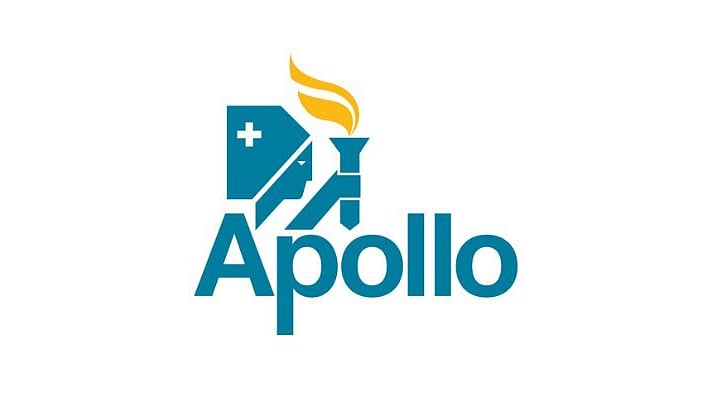
Apollo Hospitals
Credit: X/@HospitalsApollo
Indian equities will track developments around India’s response to 50% tariffs announced by the US on Indian exports, potential US-Russia peace talks, and the last leg of domestic Q1FY26 earnings. Investors would look forward to a potential India-U.S. trade settlement, with a 20-day window still available for negotiations (as tariffs take effect from August 27) and the US trade delegation scheduled to visit India on August 24.
Meanwhile, as the Q1 earning season nears its end, some of the key results to watch this week include Ashok Leyland, Motherson, Max Healthcare, Apollo Hospital, IOC, BPCL, ONGC amongst others. On the macro front, retail inflation data of US and India and Q2 GDP of Japan and England will be key monitorables during the week.
Last week, Nifty50 ended with a loss of 202 points at 24,363 (-0.8%), its sixth consecutive week of decline. Market sentiments were weighed down by additional 25% tariff hike by the US on Indian goods. Broader markets underperformed with Nifty Midcap100 and Smallcap100 declining by 1.2% and 1.6% respectively. Among sectors, pharma, realty and FMCG were the top losers, declining over 2% each. Nifty Bank and Financial services indices were down by 1% each, mirroring the negative market sentiment. In contrast, PSU bank index gained 1.4%, supported by investor buying interest following better than expected earnings from several public sector banks.
Primary markets witnessed significant activity last week, with five mainboard IPOs—including NSDL and Aditya Infotech—making their debut on the stock exchanges, majority of which listed at a premium to their issue prices despite a subdued market. Further, four new IPOs opened for subscription, including JSW Cement from the JSW Group.
At its third meeting of FY26, the RBI’s Monetary Policy Committee (MPC) unanimously decided to keep the benchmark repo rate unchanged. The decision reflects a cautious approach, balancing easing inflation and lingering external uncertainties, particularly the evolving tariff-related developments. We believe the RBI is adopting a wait-and-watch approach, allowing the full impact of the 100 bp rate cuts since February to permeate the economy before considering any further monetary action.
The automobile sales in July’25 continued to remain subdued across most segments. PV wholesale volumes continued to show weakness and grew 2% YoY for the four listed companies. Overall, 2W volumes for the listed entities grew 5% YoY for YTD, largely driven by exports. The CV segment posted 7% YoY growth in July, largely fuelled by exports and bus sales. Tractor growth momentum is likely to remain intact in FY26.
PSU banks overtook private banks in FY25, delivering 12% YoY growth vs 10% for private banks. Elevated CD ratios for private banks may keep this gap tight in FY26-27 as well. We estimate top banks to start showing improved traction in unsecured loans over the coming quarters. We expect credit demand to pick up in 2HFY26, supported by festive demand, improving liquidity, benefits from reduced interest rates, and a pick-up in consumption following lower tax rates.
On the results front, 1QFY26 earnings have broadly been in line with 184 MOFSL Universe companies reporting a net profit growth of 7% YoY (in-line with the estimate of 6% YoY) as of August 2. Earnings of 38 Nifty companies that have declared results so far, have increased by 7.5% YoY (in line), driven by RIL, HDFC Bank, ICICIB, JSW Steel, Bajaj Fin, L&T, and M&M. On the sectoral front, we are positive on domestic themes given the global volatility.
(The writer is Head of Research, Wealth Management, Motilal Oswal Financial Services Ltd)